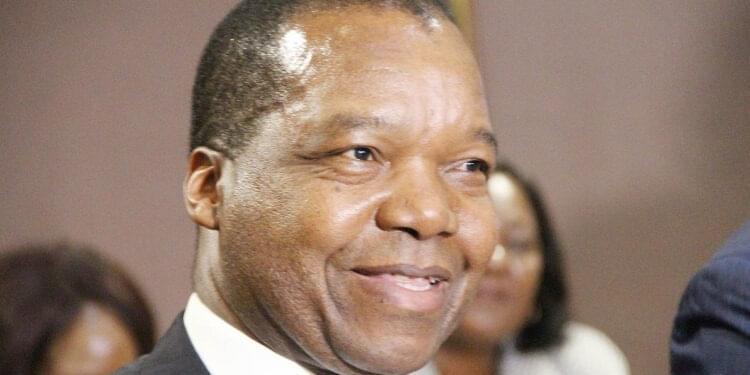Optimistic … Reserve Bank of Zimbabwe governor John Mangudya could probably be the only Zimbabwean seeing light at the end of tunnel
HARARE – As Zimbabwe’s parallel market reels under the strain of a currency crisis, central bank governor, John Mangudya, assures the public that this turmoil is merely passing.
This grey market, operating outside formal banking channels, has experienced volatility for the past three weeks, causing ripples of uncertainty among businesses and individuals who rely on it for foreign currency access.
In 2008, Zimbabwe’s economy was profoundly affected by hyperinflation, with inflation rates soaring to a staggering 231,000,000%. This situation resulted from the government’s mismanagement of the currency, destabilizing the economy and leading to a currency crisis that Zimbabwe continues to grapple with today.
The parallel market can significantly sway the official exchange rate and the effectiveness of monetary policies, particularly in countries like Zimbabwe that enforce stringent foreign exchange controls.
Its volatility not only impacts businesses but also the general population who often turn to this market as a means to access foreign currencies.
Contrasting Zimbabwe’s economic plight, the US’s position as the world’s dominant currency player enables it to increase its money supply during crises without severe repercussions.
This was evident when the US Federal Reserve printed approximately 3 trillion dollars as part of the Covid-19 stimulus package. Despite a current US debt to GDP ratio of 124.9, the US economy shows no signs of impending collapse, largely due to the global demand for the US dollar.
As Zimbabwe navigates this currency turbulence, the central bank’s assurance of stability is a beacon of hope amidst the chaos. While specific strategies or timelines were not shared, the promise of action offers a glimmer of optimism in a scenario fraught with uncertainty.
Source Zimbabwe Situation









